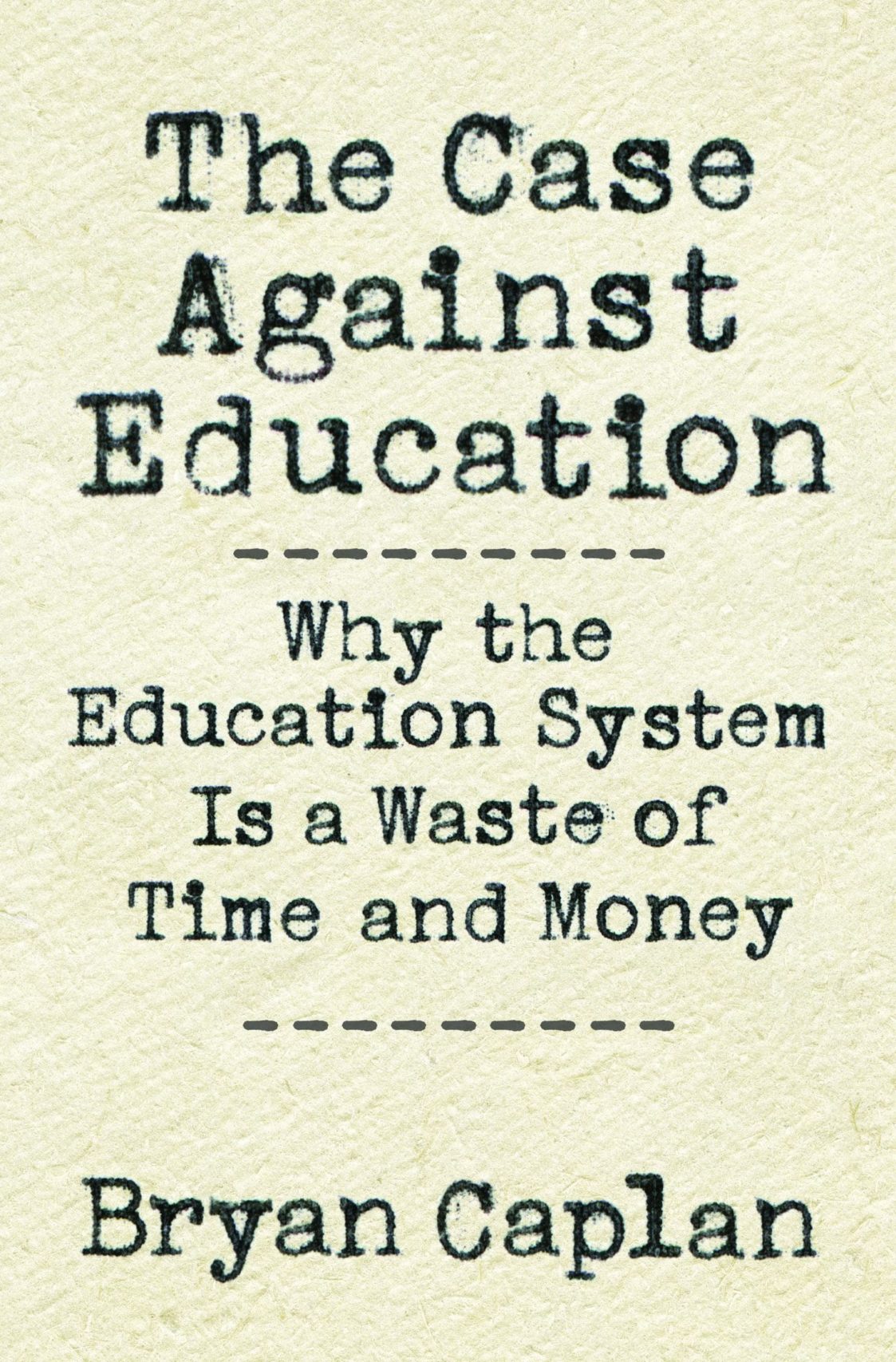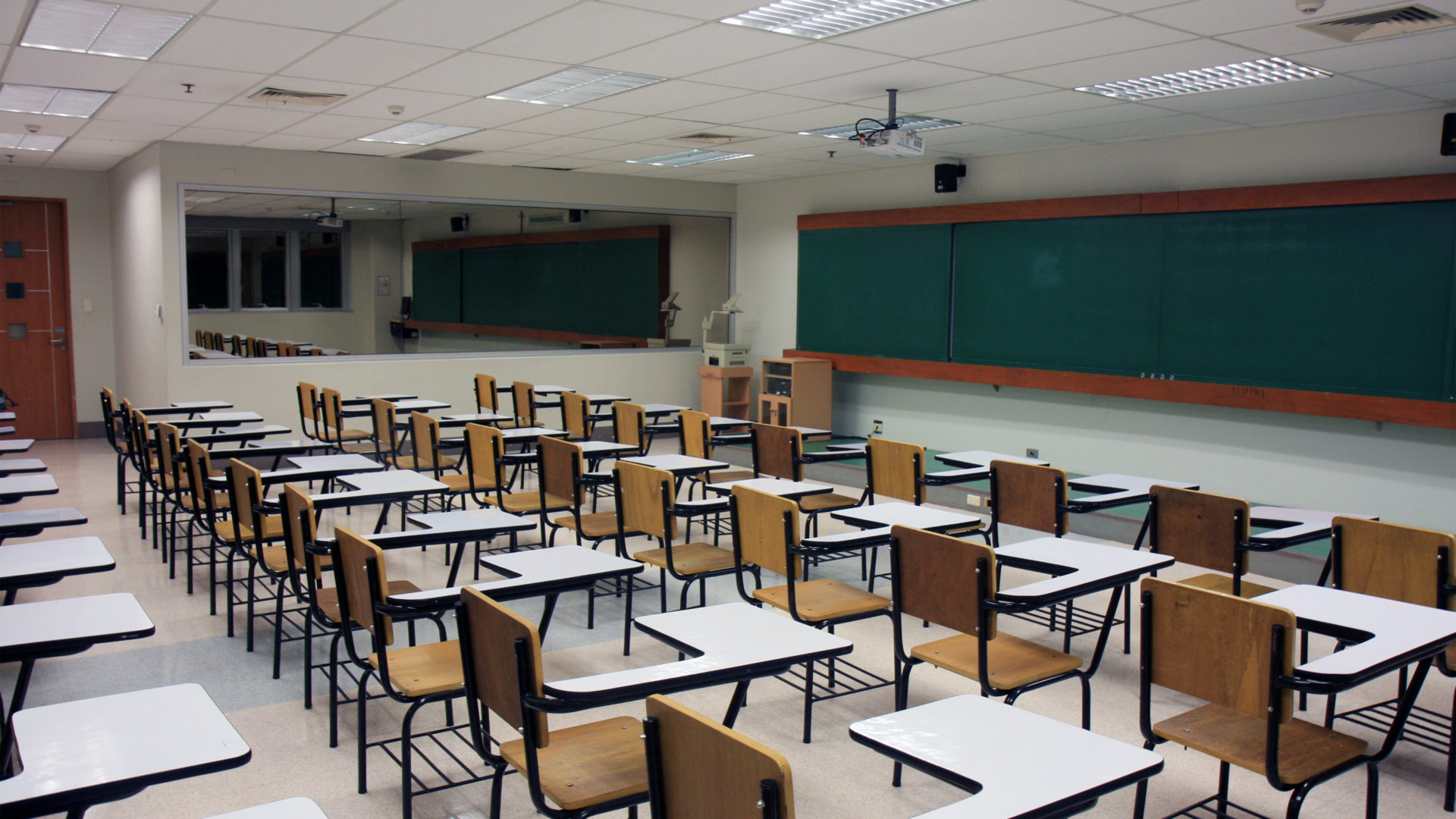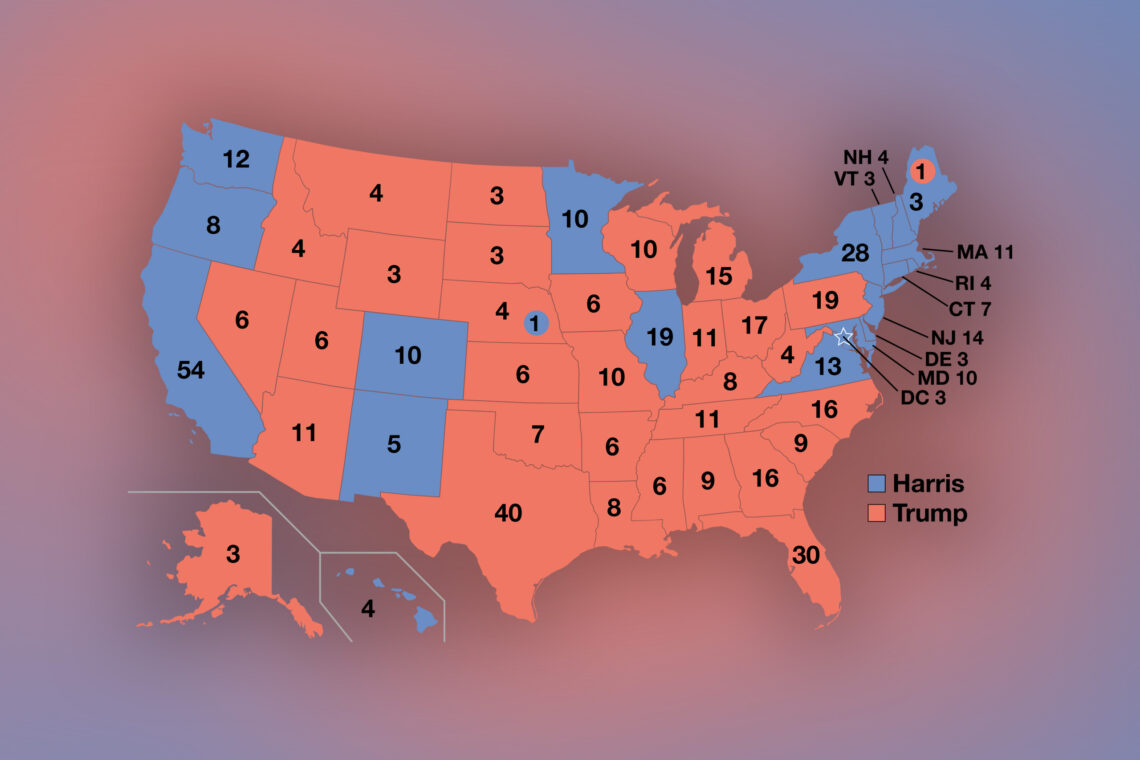When I picked up my son from the airport on a cold December night, one of the first questions I asked him was about his courses in the private liberal arts college he is attending. He told me he was doing well in all of them, except for sculpture. When I said that sculpture could be interesting, he agreed and explained some of the work they do in it. I was trying to look at the bright side of the course, but had it been Bryan Caplan, the author of The Case Against Education: Why the Education System is a Waste of Time and Money, he probably would have used sculpture as an example of the nonessential courses that have plagued education, causing incalculable damage, and hurting people and nations along the way.

Almost a decade ago, when I started the Center for Global Humanities, I invited the economist Richard Sims to make the case for education, but Caplan, in his book, is making the opposite claim. One might blame his strong Libertarian views or, strangely enough, his still vivid memories of kindergarten when he realized the uselessness of certain curricular activities, but he is no fist-waving protester, by any means, only an accomplished economist and thinker, with degrees from UC Berkeley and Princeton. His book is published by Princeton University Press, not by some right-wing or anarchist outfit. Maybe the author was influenced by his father, a Ph.D. in electrical engineering who didn’t think “soft majors” pay. Whatever the case, this self-described extremist “by temperament” and father of four who is strongly opposed to “taxpayer support for anything” and favors the “full separation of school and state” deserves to be heard. Which I did, not without a certain amount of unfamiliar pleasure.
To go directly to the point, Caplan believes that the main value of education is the sheepskin effect it produces. (By sheepskin he means diploma.) He calls this effect signaling. Claiming to be the only “researcher to account for ability bias, sheepskin effects, and completion probability at the same time,” and believing that his “numbers are the most comprehensive” while willing to make educated guesses in the absence of data, Caplan concludes that the value of education is 80% signaling and 20% skill creation. At first glance, this may sound irrational, given the fact that we live in a world that prizes innovation and where the Internet offers a cornucopia of information for the self-motivated enlightenment seeker. Why would anyone put so much stock on costly degrees without substance?
It turns out that employers are looking for traits that only an education in brick-and-mortar schools or colleges can demonstrate. Such outmoded institutions, where students are warehoused and condemned to the drudgery of dull courses, uninspiring teachers, and a meaningless curriculum are, perversely, the best institutions to vouch for the intelligence, conformity, and conscientiousness of their graduates. Education, in this sense, is a screening mechanism, as the Nobel Prize winner Kenneth Arrow noted in 1973. “What employers need,” Peter Wiles clarified a year later, “is intelligent conformism, or great independence and originality within a narrow range.” Still, does the right signal have to take these many years, especially knowing that it only serves to get the foot in the door of a company, which is, understandably, no small matter? Do we have to spend more than one trillion dollars to subsidize this bizarre logic?
Except for talented students and majors in practical fields like engineering and the health sciences, most other courses are painfully endured and quickly forgotten. The so-called “summer learning loss,” bemoaned by many teachers, becomes what I’d like to call a lifelong amnesia. The professors’ oft-repeated claim that students learn “critical thinking” and “logic” is more wishful thinking than proven fact. As to the transfer of skills, my friend and late UNE colleague Robert Haskell showed in his 2001 book, Transfer of Learning, that “we have failed to achieve transfer of learning on any significant level.” (I was immensely moved by this reference to Rob’s work, since he and I discussed, debated, and argued endlessly about such matters.)
We are forcing curricula made up of faculty wish lists on students who are increasingly uninterested. Students pay big money to go to college but are mostly ecstatic when classes are canceled. In which other business does a paying customer act this way? Students also seek professors who dole out easy As. Conversely, we know of no students who crash courses in order to learn. Anyone can take a course at Princeton for free and most professors would welcome such eager learners with open arms. Except, perhaps, for an odd case here or there, it just doesn’t happen.
People spend close to a quarter century in school, yet most of what they do in it is kill time. For the sake of a sheepskin, so much time and money are wasted. Some 40% of high school graduates are ill-prepared to take college courses. As the amount of time studying has declined steadily, college campuses are devoting more time to extracurricular activities. With professors reluctant to ask for more rigorous work and inflating grades to survive tenure requirements, a college education has become a glorified camp experience with little overall benefits. Credential inflation is reaching epidemic proportions (do we need a bachelor’s degree to bartend or a master’s in janitorial studies to scrub toilets?). Yet education is a “seal of approval” that takes the thinking out of hiring.
Of course, Caplan is not oblivious to the usual mantras used to justify the investment in education. Just as there is ample evidence to demonstrate that education largely unprepares students for real-life jobs, there is also an equal amount of evidence to show that the more education one gets the higher their income. Correcting for “ability bias” and other factors still doesn’t change this reality. People with fine arts or archaeology degrees still do better than those without diplomas. Caplan, therefore, advises students not to drop out of high school and to go to college if they are good. At the very least, they may find a spouse to compound their income. “Getting to Harvard may not get you a better job but almost certainly puts you in an exclusive dating pool for life.” A good economist has to consider all these factors. “American marriage,” he writes with a straight face, “is a diploma-based caste system.”
As you might imagine, critics of Caplan invoke the social benefits of education, such as innovation. But such claims are hard to prove or square with the fact that only a small portion of students major in STEM fields and not all get jobs in their fields. One might argue that education for certain males reduces crime (which, per capita, is costlier), but this social benefit doesn’t apply to many men and, practically, all women. Another claim is education increases productivity, but how does this benefit square with spending less time with the family as a result? What might be good for the workplace might not be good for the individual. Do educated parents produce better and fewer children? Research in “behavioral genetics” has shown that nature matters more than nurture and that if crowds were a problem, people would not choose to live in cities, where human capital is most concentrated. Fewer humans, in fact, may not be economically advantageous. Our current form of education is certainly not the only path to a good society; actually, it is a major liability, and, in some aspects, a ruinous proposition. (Caplan has a separate book making the case for more, not fewer, children.)
Why, then, do people become misty-eyed and all preachy when the subject of education is raised? That’s because very few apply a clear-eyed reading of its balance sheet. The United States spends more on education than on defense but the return on this investment is abysmal. The solution for Caplan is simply cut the fat from the bloated curriculum, dispense with most social studies courses in high school, eliminate subsidies for student loans, and raise the price of education. “The trillions we spend boring youths might cure cancer, buy driverless cars, or end world hunger.”
Caplan seems to be acutely aware that humanists may dismiss him as a philistine economist, a numbers cruncher, but he protests that he, too, likes culture and appreciates the value of “impractical” ideas. His problem is the existing regimented model, with its mostly uninspiring teachers and uninterested students. He quotes the eminent Harvard psychologist Steven Pinker, regularly voted a Harvard Yearbook Favorite Professor, facing half an empty lecture hall. He has a point when he notes that the Internet is wide open to anyone who seeks enlightenment. But the Internet is proof, too, that most people prefer their low-brow tastes to high culture.
Caplan ends his book with an imaginary cast of characters, ranging from a recent high school dropout to a professor of economics at UC Berkeley (with a Ph.D. from MIT). He uses this genre to clarify and emphasize that he doesn’t deny the benefits of education, only that its main function is signaling, sticking to his 20/80 breakdown. He reiterates that this unfortunate system, which rewards diplomas, has led to credential inflation. To him, only a radical solution removing government subsidies from K-12 and college will starve the beast and lead to real transformation. It needs to be noted that Caplan makes no attempt to sound falsely democratic. Excellence is inevitably elitist and the voter is too irrational to be trusted with big decisions. (Caplan is the author of the acclaimed book The Myth of the Rational Voter.)
I offer here only a snapshot of what is otherwise a rich, mostly financial analysis of anything that has to do with education. Still, I can’t avoid the feeling that Caplan is dealing mainly with the highly idiosyncratic American educational system. Even though education is a universal albatross around the world’s neck, the German model, for example, offers alternatives that the author finds commendable. Caplan also doesn’t go far enough in imagining viable alternatives. Removing government funding means saddling parents and the private sector with the cost of educating children and training them for good job prospects. But should employers get away scot-free from this burden? If capitalism is the assumed endgame, I expect employers to pay their fair share of the cost of education and not transfer this externality to private citizens or even the state. Talking about vocational training in the abstract allows industries to avoid responsibility for training their prospective workers.
There are other questions. How do we live in a modern, developed society where average lifespans reach or exceed 80 years? How much work is needed in such societies? As a convinced Libertarian, would Caplan support public investments in the military, health, roads, space exploration, and social security? If so, how much waste do these projects produce? As much as I liked the book, I think education is only one tiny part in a system of waste generated by what is ultimately an irrational economic system. Although it is not state-funded, one might still ask whether we need an entire aisle for cereal in a supermarket. Waste seems to be a corollary of capitalism. Perhaps, then, Caplan may want to consider a political and economic model that is more rational and less wasteful in all respects, including education.





Comments are moderated by the editor and may not appear on this discussion until they have been reviewed and deemed appropriate for posting. All information collected is handled in a manner consistent with our privacy policy.